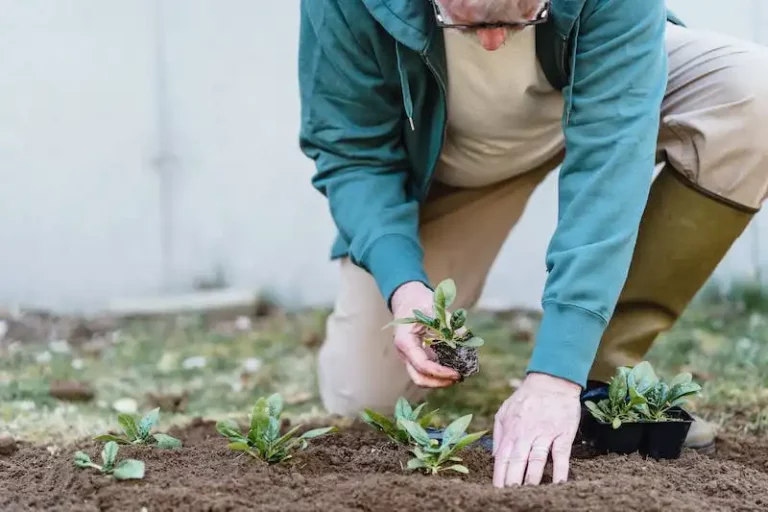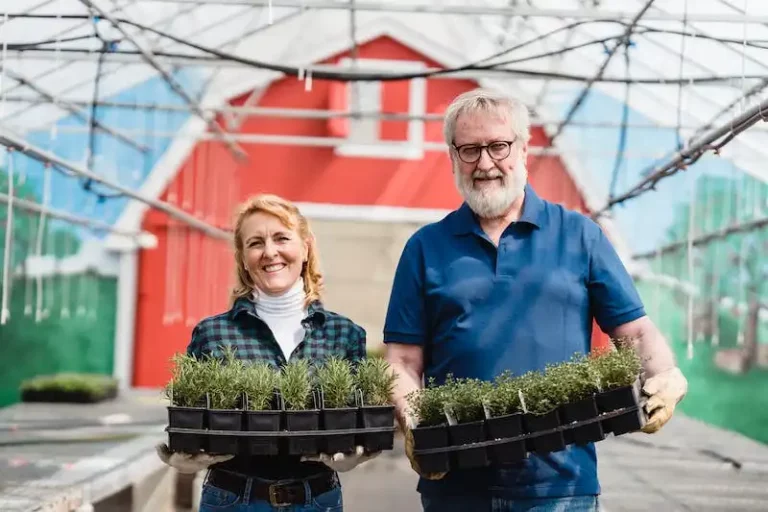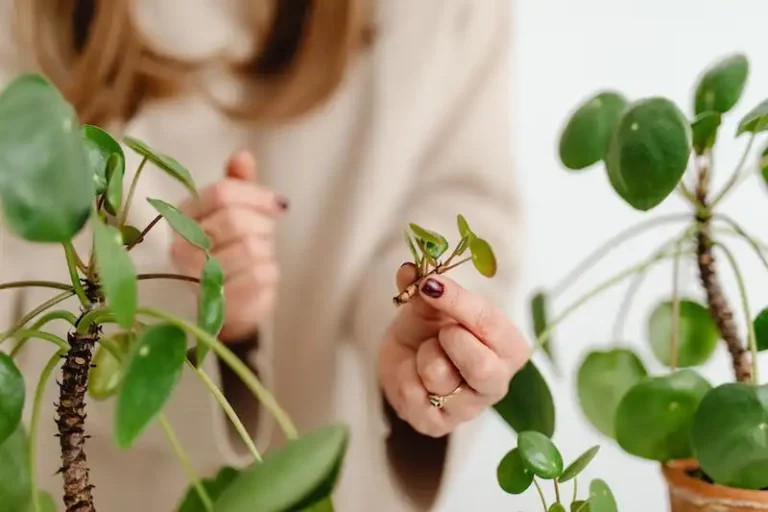Aloe vera is a succulent plant species of the genus Aloe. It is native to Madagascar and parts of the Arabian Peninsula. Aloe vera is widely cultivated for its medicinal properties and is also commonly used in cosmetics and beauty products.
The leaves of the aloe vera plant are thick and fleshy, with serrated edges. They grow in rosettes and can reach a height of up to 24-39 inches. The leaves are a pale green or grayish color and can sometimes have white spots or stripes. Aloe vera plants are easy to care for and can be grown both indoors and outdoors.
Aloe vera is well adapted to dry and arid conditions. It is drought-tolerant and can withstand high temperatures as well as frost. However, it is best to protect the plants from freezing temperatures. A temperature range of 8-11 °C (46-52 °F) is most suitable for aloe vera.
Aloe vera plants are often grown in pots or containers, but they can also be grown directly in the ground. They prefer well-draining soil and should be watered sparingly to avoid waterlogged roots. Aloe vera plants thrive in bright light, but they can also tolerate partial shade.
There are many different types of aloe vera, each with its own unique characteristics. Some popular varieties include Aloe arborescens, Aloe barbadensis, Aloe aristata, and Aloe ferox. These varieties can vary in size, shape, color, and medicinal properties.
The gel inside the leaves of the aloe vera plant is the most commonly used part for medicinal purposes. It is widely known for its soothing and healing properties and is used to treat various skin conditions such as burns, cuts, and sunburns. Aloe vera gel can also be used as a moisturizer and to promote healthy hair and scalp.
In conclusion, aloe vera is a versatile plant that is easy to care for and has many beneficial properties. Whether you want to add some greenery to your indoor space or incorporate natural remedies into your beauty routine, aloe vera is a great choice. Just make sure to provide the plant with the right conditions and it will thrive.
Small Aloes – Interesting Colorful and Easy Succulents
Small aloes, like Aloe humilis, Aloe ferox, and Aloe alooides, are ideal plants for growers looking for bill,easy succulents with interesting colors and uses. These small aloes are typically blue-green in color, which contrasts beautifully against charcoal-colored plants like Aloe striatula.
These small aloes are easy to grow, making them perfect for beginners. They can be grown indoors or outdoors, depending on the conditions they prefer. When growing small aloes, it’s important to study their specific cultivation requirements before planting them in the ground or in a potted form.
Small aloes, like Aloe humilis and Aloe rauhii, are known for their interesting forms. Aloe humilis, for example, has slender, blue-green leaves with white bumps or tumors along the edges. Aloe rauhii, on the other hand, has leaves that are typically green with a white center.
Small aloes are also commonly named after their unique characteristics. For example, Aloe arborescens is a small aloe that is typically grown for its therapeutic uses. Aloe ferox, on the other hand, is a small aloe that is known for its flowering abilities.
One interesting fact about small aloes is that they produce a substance called aloin, which is commonly used in the horticulture and medical fields. This substance is made from the leaves of certain small aloes and is known for its therapeutic properties.
Overall, small aloes are interesting, colorful, and easy succulents that can be a great addition to any garden or indoor space. Whether you’re a beginner or an experienced grower, small aloes are a fantastic choice if you want a low-maintenance plant that adds beauty and interest to your surroundings.
Latest Horticulture News
In the world of horticulture, succulents have been making headlines for their various health benefits. Recent studies have shown that certain species of succulents, such as Aloe Vera, have properties that can help with ailments ranging from tumors to scalds. A study conducted over 10 years found that rodents with tumors saw a significant reduction in tumor size when administered Aloe Vera extract.
Further research has shown that Aloe Vera can also aid in digestion and promote a healthy immune system. It has been reported that Aloe Vera gel, when ingested, can help soothe stomach problems and improve gut health. In addition, Aloe Vera is known for its moisturizing properties and is commonly used in skincare products.
While Aloe Vera is a popular choice for potted plants and indoor gardens, it is important to note that this species thrives in specific conditions. Aloe Vera plants prefer temperatures between 8-11 degrees Celsius and do well in bright, indirect sunlight. Overwatering can lead to root rot, so it is important to allow the soil to dry out between waterings.
Another plant making waves in the horticulture world is the Gasteraloe ‘Green Ice’. This unique succulent is a hybrid between the well-known Aloe aristata and the Gasteria glomerata. It features blue-green rosettes with white spots and can grow up to 10 years. This variety is known for its resilience to frost and can withstand temperatures as low as -10 degrees Celsius.
In addition to its aesthetic appeal, the Gasteraloe ‘Green Ice’ has various uses in traditional medicine. Its gel-like sap is believed to have healing properties and can be used to treat burns, cuts, and insect bites. It is also used in skincare products for its moisturizing and anti-inflammatory properties.
- The Aloe bakeri is another species of Aloe that is garnering attention in the horticulture community. This compact plant features rows of green, lance-shaped leaves and produces beautiful spikes of orange flowers. It is native to Southern Africa and is commonly grown as an ornamental plant.
- The Aloe humilis florenceae, also known as the ‘Sparkler’ Aloe, is a sought-after succulent. Its compact size and unique white spines make it a standout in any garden. It is a slow-growing species and can take up to 10 years to produce flowers.
- For those looking for a low-maintenance succulent, the Aloe striatula is an excellent choice. This species is known for its tolerance to drought and can survive in various soil conditions. Its green leaves have white stripes, giving it a striking appearance.
In recent news, horticulture experts have been discussing the importance of proper labeling for succulent plants. With the growing popularity of these plants, there has been a rise in mislabeled varieties. This can lead to confusion and disappointment for buyers. To address this issue, horticulturists are advocating for more accurate labeling practices and educating sellers on the different species and their characteristics.
In conclusion, succulents like Aloe Vera and various other Aloe species are gaining recognition for their health benefits and aesthetic appeal. These plants have proven to be resilient and versatile, making them a popular choice for both indoor and outdoor gardens. With ongoing research and technical advancements, the horticulture community continues to explore the many uses and unique characteristics of these fascinating plants.
Aloe Vera
Aloe vera is a succulent plant that belongs to the family of Aloaceae. It is known for its vibrant and large leaves, which can measure up to several feet long. The leaves are typically lime green in color, giving the plant a striking appearance.
If you’ve ever used aloe vera, then you are well aware of its numerous health benefits. The gel inside the leaves is commonly used to soothe sunburns and treat minor cuts and abrasions. Aloe vera supplements are also available and are known to have various medicinal properties.
In nature, aloe vera is usually found in Southern Africa, but it has been widely cultivated all over the world. It is an ideal plant for arid and dry climates, as it can store water in its leaves and reduce the need for frequent watering. Aloe vera is also less likely to attract pests and rodents, making it a popular choice for garden enthusiasts.
Aloe vera plants have a distinctive appearance, with their slender and upright leaves forming a rosette-like shape. Some common varieties of aloe vera include Aloe vera var. arborescens, Aloe vera var. aristata, and Aloe vera var. haworthioides. These varieties differ in terms of size, color, and leaf shape.
Aloe vera has been subject to numerous scientific and technical studies, which have explored its potential applications in various fields. Research has shown that aloe vera gel contains compounds like aloin, which have shown promising results in treating tumors and other medical conditions.
When it comes to caring for aloe vera, it is important to keep in mind that it prefers a well-drained soil and plenty of sunlight. During the summer months, aloe vera plants thrive on watering once a week, while in the winter, they only need occasional watering. It is best to move the plants indoors if you live in an area with extremely cold temperatures.
If you want to give your garden a colorful and vibrant touch, consider adding aloe vera plants. Their unique and eye-catching appearance will surely enhance your landscape.
- Aloe Vera Health Benefits: Aloe vera gel is commonly used to soothe sunburns and treat minor cuts and abrasions
- Aloe Vera Varieties: Aloe vera var. arborescens, Aloe vera var. aristata, Aloe vera var. haworthioides
- Scientific Studies: Aloe vera has been subject to numerous scientific and technical studies
- Aloe Vera Care: Aloe vera plants prefer well-drained soil and plenty of sunlight




